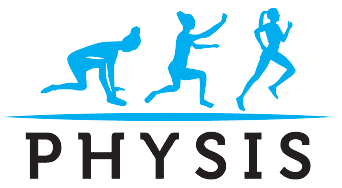How Does Acupuncture Work?
Acupuncture enhances body’s functions and promote body’s natural healing process by stimulating specific points called acupuncture points. Fine, hair thin and sterile needles are inserted into these points, and pressure, heat or electrical stimulation can also be used to further enhance the effects. Other methods being used in conjunction with acupuncture is cupping, moxibustion(heat therapy), and herbal medicine. Acupuncture’s effects on nervous system, endocrine and immune systems, cardiovascular system and digestive systems have been well demonstrated in the modern research. Acupuncture, by stimulating these body’s functions, can resolve pain, improve digestive function, and improve sleep and over all sense of well being.
What Happens in an Acupuncture Treatment?
In the beginning of the treatment, acupuncturist will ask you about your health history, go over your chief concerns in detail, and review your system by asking specific questions. He/she might feel your pulse and look at your tongue’s shape, color and coating. There can be additional physical examination depending on your condition. For the treatment itself, you lay comfortably on the treatment table and the acupuncture needles are placed gently. Usually, the needles are retained between 20-30 minutes. Often, patients reports feeling relaxed during and after the treatments.
How Many Treatments Will I Need?
It depends on your condition and it differed from person to person. But, usually, for chronic conditions, one or two treatments per week for several weeks -sometimes months, may be recommended. For acute conditions, usually 8-12 visits are adequate. Your acupuncturist will discussed with you about the treatment plan during your initial visit.

